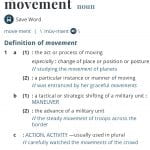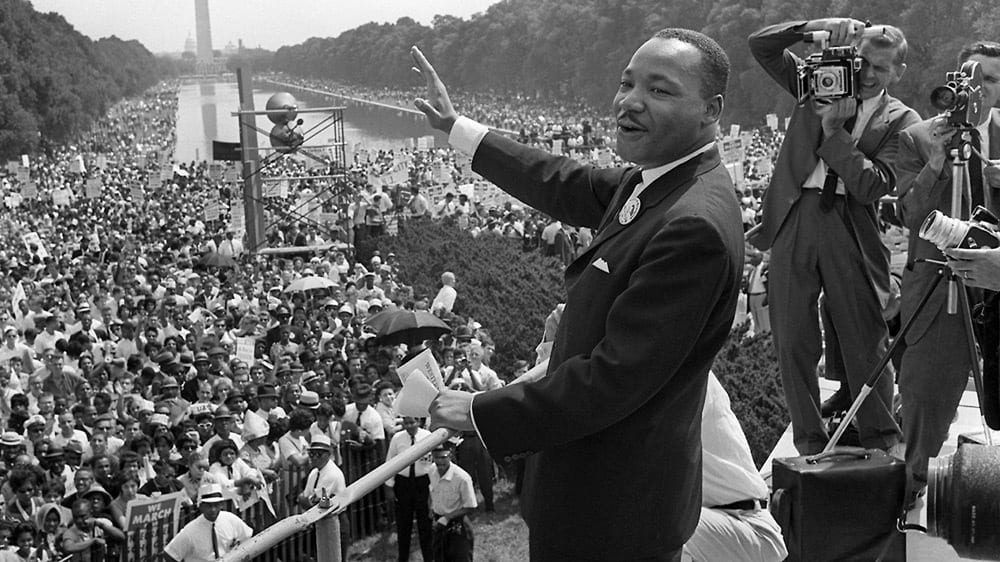https://soundcloud.com/user-335030245/the-climate-justice-movement
Justice is a concept on ethics and law where people behave in a way that is fair, equal and balanced for everyone.”
To be unjust would be behaving in a way that is unfair, or morally wrong.
(Now before I would like to continue any further I wanted to mention that I am coming at this from the perspective of a white teenage girl. That things I say could be perceived as wrong, because I am only able to build off of my own life experiences, and right now with all this information I am trying to be as open as possible, but if you read this and find something incorrect about it, please leave a comment!)
“Injustice causes movements.” – Megan Currin, District Councillor, and Shop owner, said. This blew all my work away. The point of there being yet another similarity between the Civil Rights Movement and the Climate Crisis. Last week I belittled my work with ways to prove it inaccurate, but I didn’t realize that by doing that it left very little for me to build upon for this week. I then realized that I could build upon the very thing that made me uncomfortable writing about, which is white supremacy. The Oxford dictionary defines white supremacy as, “the belief, theory, or doctrine that white people are inherently superior to people from all other racial and ethnic groups, especially Black people, and are therefore rightfully the dominant group in any society.”
To find white supremacy in the Civil Rights movement you don’t have to look very far, every protest, every march, every sit-in and arrest happened because of this unjust believe that people with white skin were superior to people with darker skin colours. An example of white supremacy during the Civil Rights movement is the white knights of the KKK. The KKK’s goal was to maintain segregation, and to prove to any African Americans that the KKK was proof of supremacy, at the toll of violence. They did this through “cross lightings,” which was when the KKK community, at meetings/rallies, would burn a cross the symbol of christ and Christian faith, continuing to claim that they were non violent. Many of the KKK’s more violent lashes came from individual members, not the Klan itself. The members would make deals with police to attack or kill African Americans that had been released from prison, which brings up my next point. Many of the people who brutally attacked and killed African Americans were not themselves part of the Klan, which proves that you didn’t need to be a part of the Klan to be a white supremacist. The murder of Emmett Till is an example of murder at the cost of superiority. Emmett Till was a 14 years old, and on a trip to visit family, when he was murdered for making a comment to a female worker in a candy shop in Money Mississippi. The husband of the woman working in the candy shop, and his friend then 3-4 days later went to Emmett’s uncles house and dragged him into their truck, and drove off. He was found weighed down by a cotton Jin fan in a river near Emmett’s uncles house. He had suffered major injuries before the two shot him. It’s such a horrible event that didn’t need to happen. These men were not doing anything but showing their supremacy towards a 14 year old who was merely visiting his family. These 2 were not registered KKK members, this wasn’t part of a Klan act, it was a individual decision, which just goes to prove that you dont need to be part of a group that believes in white supremacy to be a whites supremacist.
So now that we know that believing in white supremacy is not limited to people in a clan/group, I feel that I can understand that white supremacy today follows that same mindset. You may be wondering what white supremacy looks like today and I think you would be shocked to know that it honestly isn’t that different. There are still KKK groups/communities all over the world, and if not in person, online. Many alt-right groups have taken to social media to hide, many finding homes on sites like twitter, facebook, and VK. After the Christchurch shooting in New Zealand in 2019, many media sites decided to purge their sites of platforms that portrayed a similar belief. These groups then found themselves home on a Russian site called VK. What makes VK so popular is that you can hide things in a “blanket setting.” Things like posts, pages, or sites can all be hidden from public view.
Aside from the very evident white supremacy groups, there is also hidden white supremacy belief in many other areas, one being politics. To get right to the point the connection I had planned on using in this post was the misuse, and overuse of people and resources. How African American people were stolen, and then enslaved and forced to work inhumanly, and then when they wanted to be treated like humans, white people refused. I wished to connect that to how people in higher income counties have been extracting and burning up fossil fuels unable to look the people who they are affecting in their eyes, and refusing to stop. This misuse of resources struck me as a connection that I could tie into the Civil Rights Movement, so heres my explanation.
When you go to a mainstream store, and you see a cotton tee-shirt on sale for $5.99, and you think its fate, all you wanted lately was a cotton tee-shirt, I highly recommend you think twice before purchasing it. If you are ok with the fact that the shirt was made by people (using Bangladesh for this example) who are earning 1.8 % of the hourly wage of the average American which means that these people (85% woman) can not provide for all living needs (shelter, food, education), that they receive this wage for working 14-16 hour shifts 7 days a week, that the people employed to work in the sweatshops face unsafe working conditions, and cramped quarters, and there are often factory fires due to these 2 points. Many of these workers are not granted maternity leave, and are not able to unionize. If you can make it through these points and still want that $6 shirt, I don’t know what will change your mind. It’s not that you shouldn’t consume, clothing is an important part of our life, its how we express ourselves, and obviously that is a very important part of our culture, but being able to express yourself, while also thinking about these people who are being targeted by this cutler of consumption is very important.
This is where my connection comes in. When you don’t think about the people being affected by your actions your exercising your privilege, and supremacy. Many people will not think about the repercussions of their actions when it comes to the climate as well. When I say “the climate” its a pretty bold grab at anything climate related, emissions, pollution, global warming, major weather events, the death of species, and the blatant tendency for people to ignore those being affected. When people produce emissions it contributes to global warming which stirs up many major weather events, ( I am not a pro at this stuff so please comment if I mess this up). The people, in general, who contribute the most to the emissions are people living in higher income companies which generally reside in the global north. Now the major weather events affect people in generally lower income countries, that also generally reside in the global south. If you read that correctly you should have seen that the people who contribute the least to global warming, feel the effects the hardest. People don’t think about what there actions affects have on others, which is an example of privilege.
Using that example here in North America, we can see that people like President Trump are examples of white supremacy in his actions to continue to extract and refusing the fact that his actions have repercussions across the world. There are many other ways that he can be considered a white supremacist, but to connect the civil rights unit to the climate crisis, I will remain talking about climate.
“He is a dehumanizer. … He has been very clear about who he prefers to be in this country and who he literally wants to keep out with walls and cages and militarization and torture and cruelty. And again, we in El Paso have born the brunt of all of that.”
former Rep. Beto O’Rourke said
“I think if you own a business that attempts to keep black people from renting from you,” Coates said, “… if your response to the first black president is that they weren’t born in this country, despite all proof, if you say they weren’t smart enough to go to Harvard Law School and then demand to see their grades, if that’s the essence of your entire political identity, you might be a white supremacist.”
“Many of the statements [Trump has made] are exactly what a white supremacist would say — whether talking about immigrants invading or African countries being ‘s***holes’ or Mexicans are rapists,” Beirich noted. “He’s tweeted out material that came from white supremacists, and a lot of his views are indirectly views from white nationalists. I don’t know if that makes him a white nationalist, but he’s talking from their scripts.”
These are just quotes from a simple search about Trump and white supremacy. I hope this post makes the point about how people are still exercising their belief in white supremacy today, and that this misuse of the planet, that stems from that belief, is similar to the misuse of people during the civil rights movement.
Thanks for reading








